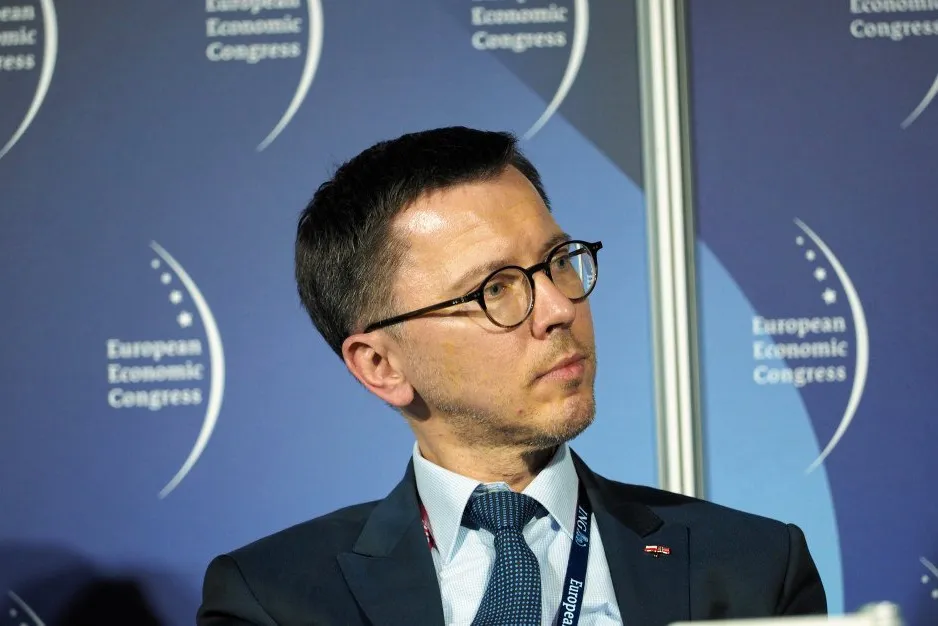Equinor keeps Polish offshore wind bubbling as other markets splutter
Norwegian oil giant and Polish utility take FID on 1.4GW Baltyk 2 and 3 projects while US, UK and Netherlands face challenges

Norwegian oil giant Equinor and Polish utility Polenergia have taken a final investment decision (FID) for their gigascale Baltyk 2 and 3 offshore wind projects – at a time other markets are slowing down with plans being halted and tenders shrunk.
The two projects at around 22km and 37km off the Polish coast will add 1.4GW to the country’s wind at sea capacity when they are fully commissioned in 2028, the companies said.
They are part of a first 5.9GW batch of pre-developed Polish offshore wind projects that can count on 25 years of contract for difference (CfD) support without having had to bid in a tender.
Strong Polish-Norwegian partnership
With an investment of around PLN27bn ($7.15bn), Baltyk 2 and 3 are not only a “huge investment” but also show that through “a strong Polish-Norwegian partnership, the bold idea from many years ago, when offshore energy was scarcely considered in Poland, is finally becoming reality before our eyes,” Polenergia chairwoman Dominika Kulczyk said.
Michal Jerzy, Equinor’s country manager for Poland added: “Baltyk 2 and Baltyk 3 represent some of the largest infrastructure projects in Poland's history. Their execution will significantly enhance the country's energy security and independence while creating jobs in a developing sector.”
Jerzy added the renewable energy from offshore wind will “bolster the competitiveness of the Polish economy”.
That comes at a time when the pace of offshore wind expansion seems to be slowing down elsewhere.
The FID for the Baltyk 2 and 3 projects follows up on a series of positive news from the up- and coming Polish market.
Orsted, together with Polish utility PGE Polska Grupa Energetyczna, earlier this year had also taken an investment decision for its 1.5GW Baltica 2 project at around 40km from the Polish town of Ustka, which is expected to be fully commissioned in 2027.